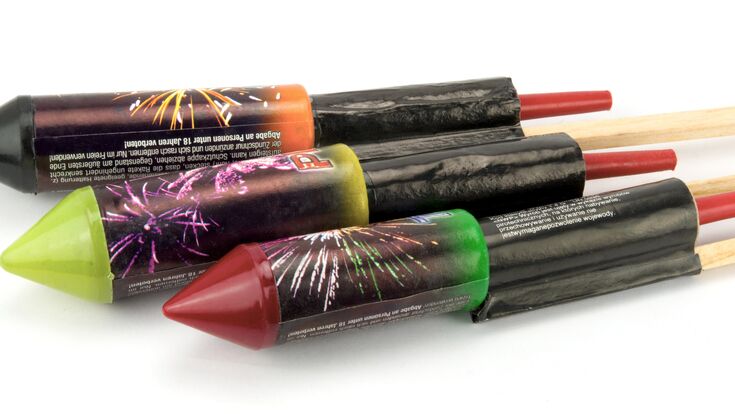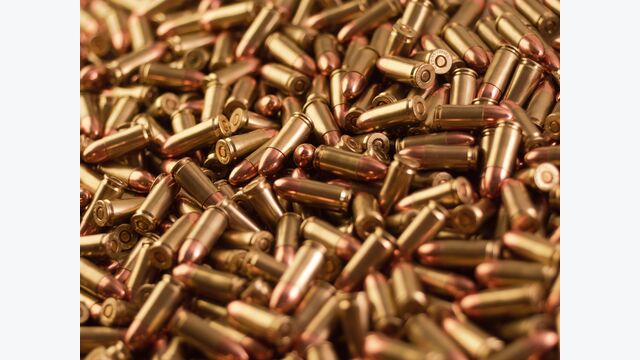Hazardous Waste : EPA proposes rule to safely dispose of waste explosives such as fireworks and ammunition

The US Environmental Protection Agency (EPA) has released details of a new rule for the disposal of explosives waste. It is the latest move by the Biden-Harris administration in advancing environmental justice for Native and disadvantaged communities nationwide.
EPA's new rule would amend standards for facilities that use open burning and open detonation (OB/OD) to treat explosives waste, including munitions, fireworks, flares and airbag propellants. If finalised, the rule would enhance existing requirements to use safe and available alternative technologies to treat waste explosives and provide new OB/OD engineering standards to safeguard communities and military families from pollution. In addition, EPA proposed a framework for permitting mobile treatment units to broaden potential treatment options for waste explosives and limit the use of open burning and open detonation.
“Open burning and open detonation of waste explosives like fireworks or munitions can have serious environmental and public health impacts, oftentimes in communities already overburdened by pollution,” said EPA Administrator Michael S. Regan. “In close coordination with federal, state and local partners, EPA’s proposal will work to better protect local communities from environmental and health harm while ensuring facilities are supported in the transition to new alternative technologies that safely manage explosive wastes.”
Open burning and open detonation of waste explosives like fireworks or munitions can have serious environmental and public health impacts, oftentimes in communities already overburdened by pollution.Michael S. Regan, EPA Administrator
Alternatives are available
A range of items including ammunition, propellants, fireworks and flares, explosive waste is often treated by OB/OD because other secure methods were historically unavailable, according to EPA. But as described in 2019 EPA and National Academies of Sciences, Engineering, and Medicine reports, alternative technologies now safely treat certain waste explosives.
Contrary to other hazardous waste management, OB/OD occurs outdoors and emissions are released into the environment directy. The proposed rule addresses community concerns, including the possibility of exposure to contaminants released to the atmosphere, deposited in soil and surface waters, and leaching into groundwaters after a spill. Communities have raised additional concerns about noise and vibration from facilities using OB/OD to treat explosives waste.
Upon finalisation of the proposal, the current disproportionate and adverse impacts on communities with environmental justice concerns should be reduced. In particular, the implementation of cleaner and safer alternative technologies can be accelerated through more frequent evaluations of alternatives to OB/OD and new technical permitting standards for OB/OD.
The Agency noted that the potential risks to human health and the environment led to ban the open burning of hazardous wastes under the Resource Conservation and Recovery Act (RCRA) already back in 1980, with an exception for waste explosives "that cannot be safely disposed of by other means". Since then, facilities have been required to determine whether alternatives are safe and available. EPA has committed to monitor the progress of the ongoing development of safe alternatives, as this exemption for explosives from the ban on open burning of hazardous waste was not intended to be indefinite.
EPA worked with tribes, state regulators, communities, and OB/OD facility operators, including the Department of Defense, the Department of Energy, and the National Aeronautics and Space Administration, to develop this proposal. In addition, EPA issued a policy memorandum in June 2022 to communicate existing requirements for OB/OD facilities and to provide guidance to EPA regions, states, and territories on permitting OB/OD facilities under RCRA to protect human health and the environment.
A pre-publication can be read here.

